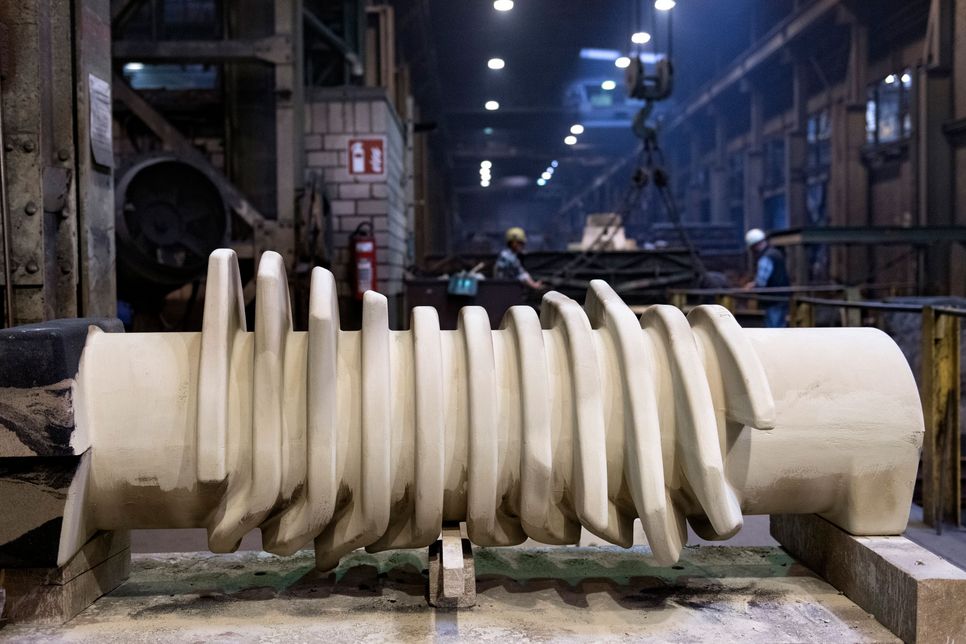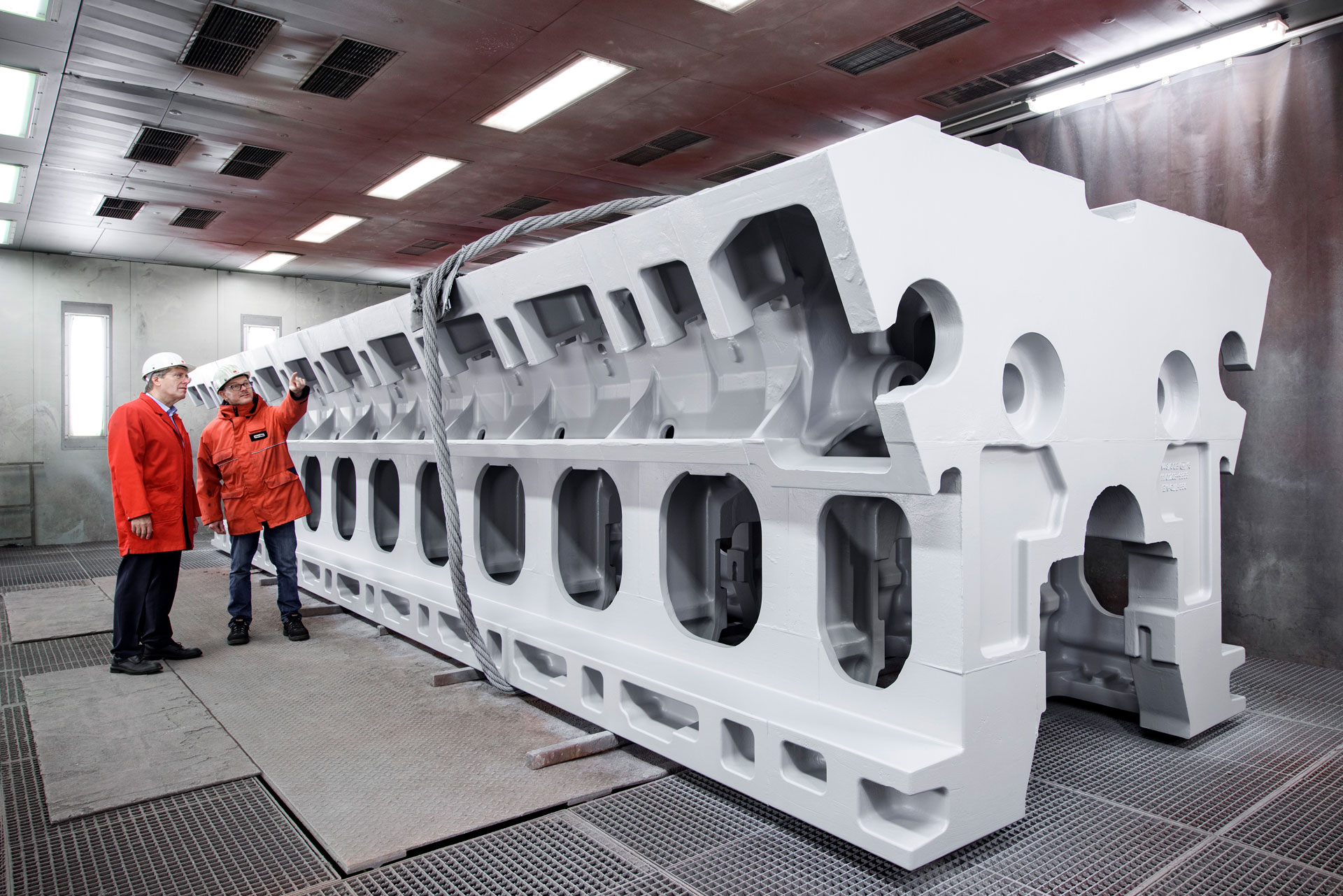
3D printing: The future models for us
3D-printed products and components have long been much more than just another new trend in manufacturing. Annual market growth of a constant approx. 15%, depending on the particular sector, demonstrates that 3D printing is, instead, a now widely used, groundbreaking production process.
By July 2019, one in every three industrial companies had analysed the potentials of 3D printing. The many benefits of this technology have enabled the major component manufacturers to increase their sales of 3D-printed components ten-fold.
Advantages of 3D printing:
- Ultra-short production cycles
- No forming tools required
- Minimised scrap rate
A model becomes reality
In an extraordinarily short time, 3D printing has acquired an unshakable ranking alongside conventional manufacturing methods, even for components with highly complex geometries. Today, parts that used to be turned, milled, drilled or ground are printed. Instead of producing a component by removing material from the primary material (subtractive manufacturing), 3D-printed components are built up “from nothing” – directly in their net shape – by depositing successive layers of material (additive manufacturing). You can actually see the component grow!

0 percent
So klein ist der Schrottanteil bei einer optimalen Fertigung im 3-D-Druck.
Unbeatable efficiency
Enormous geometrical acuracy, minimal scrap: in additive manufacturing, material wastage is effectively negligible because, in 3D printing, material is only added where and in exactly the amount it is needed to build up the component. Another advantage of 3D printing is the speed with which components can be produced, with no forming tools whatsoever. All that is needed is a set of digital data from which the printer obtains all the information necessary to produce a component with precisely the geometry specified by the customer. The potentials of 3D printing are vast – in most cases, the only constraint is the size of the printer.
3D printing at GMH Gruppe
We regularly employ processes such as binder jetting, selective laser melting and fused deposition modelling. As raw materials, we mainly use plastics, sands and metals. Our experts apply 3D printing in all technical fields and companies of GMH Gruppe.